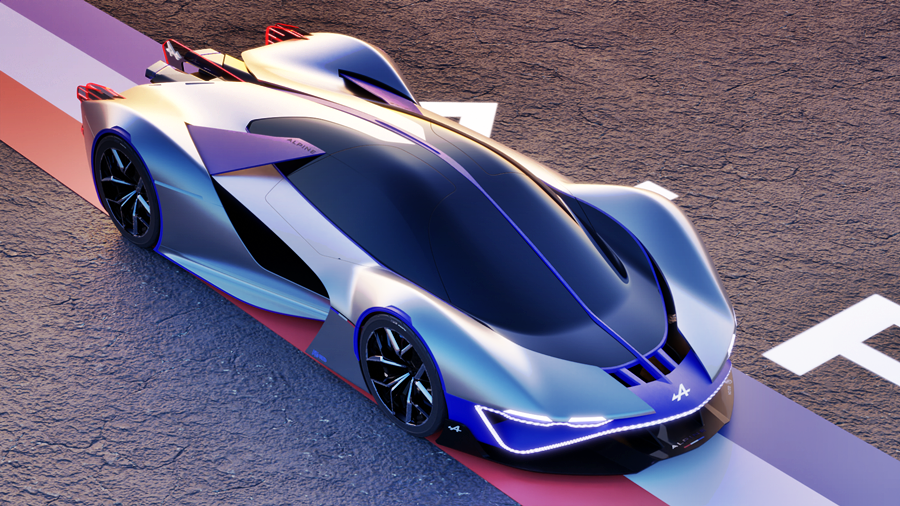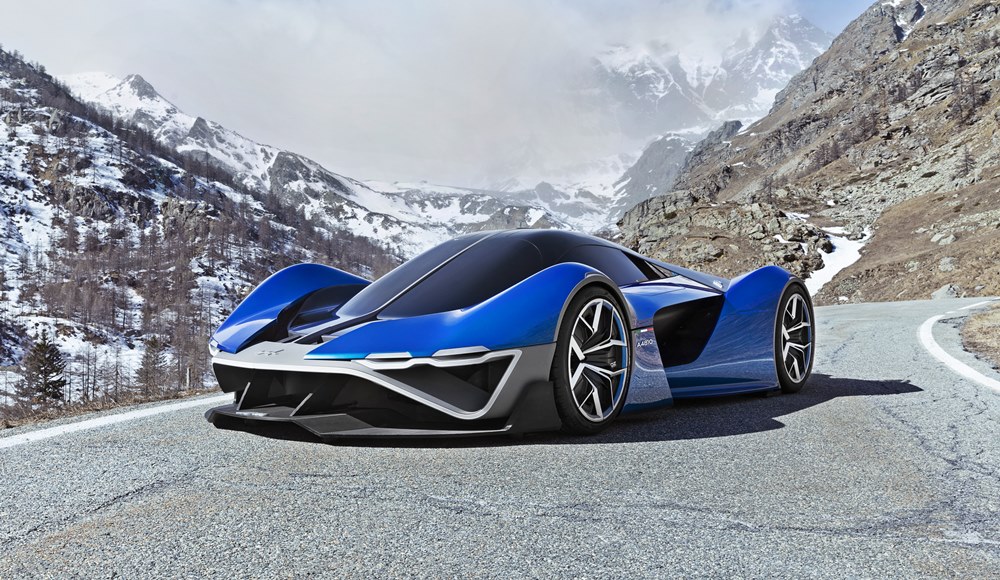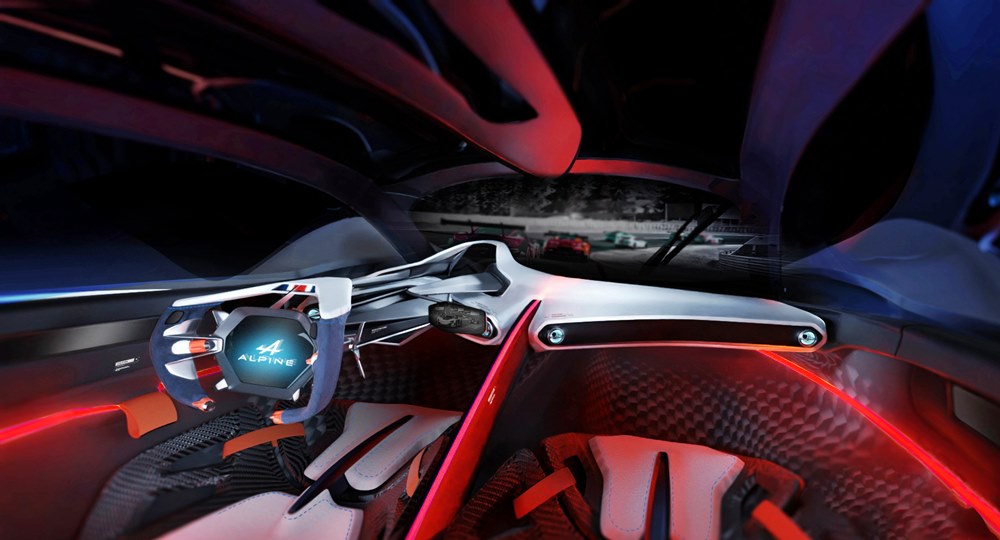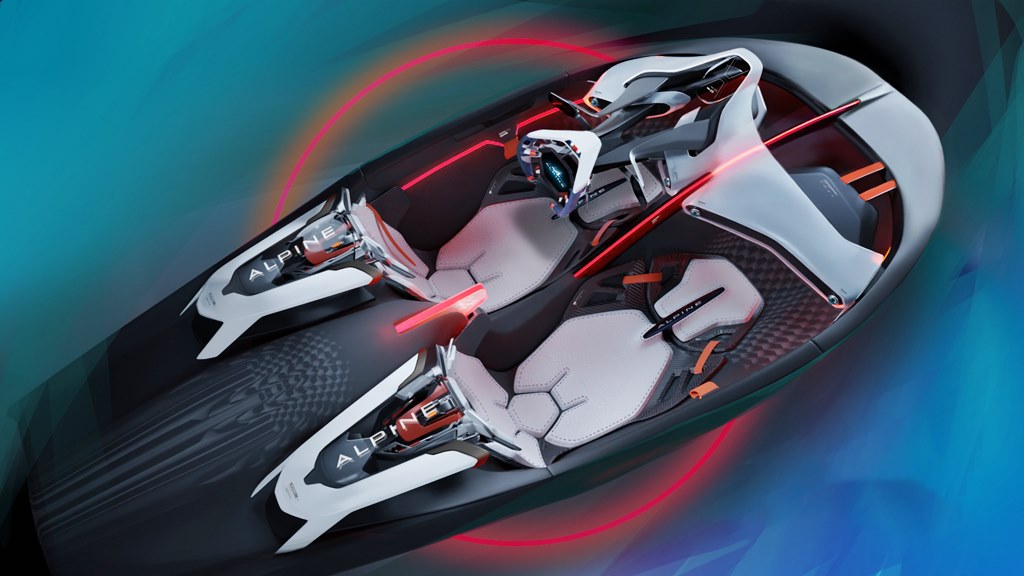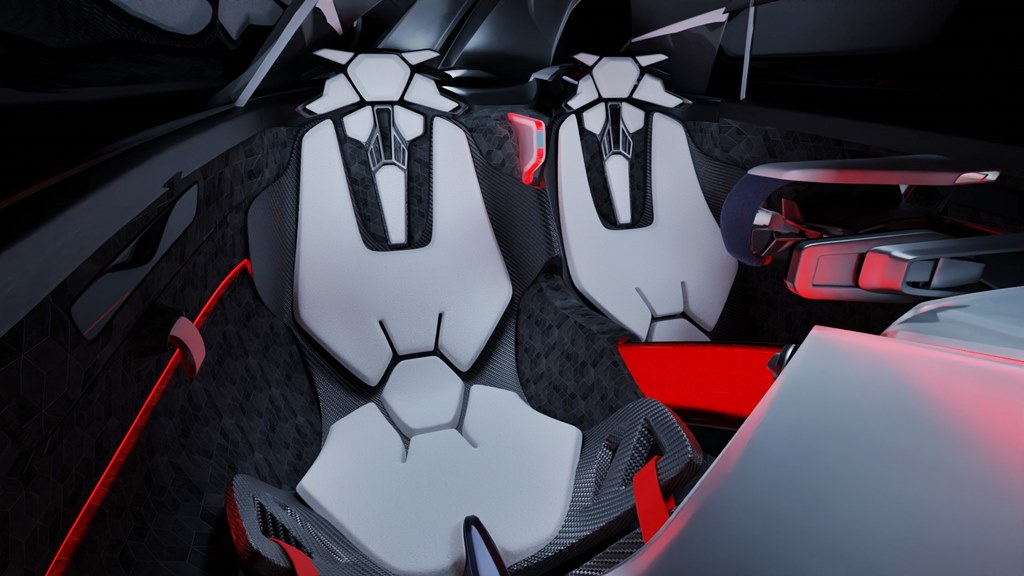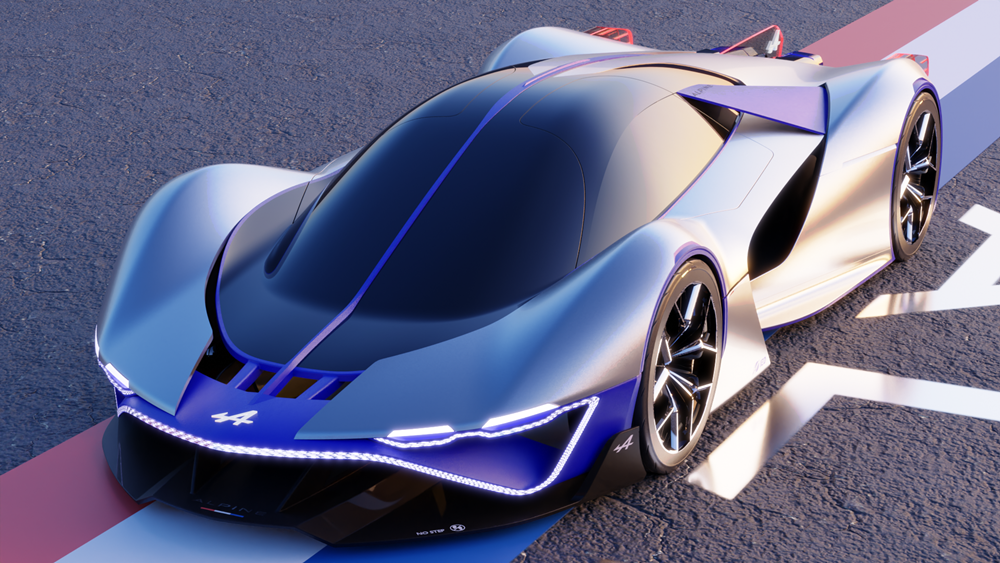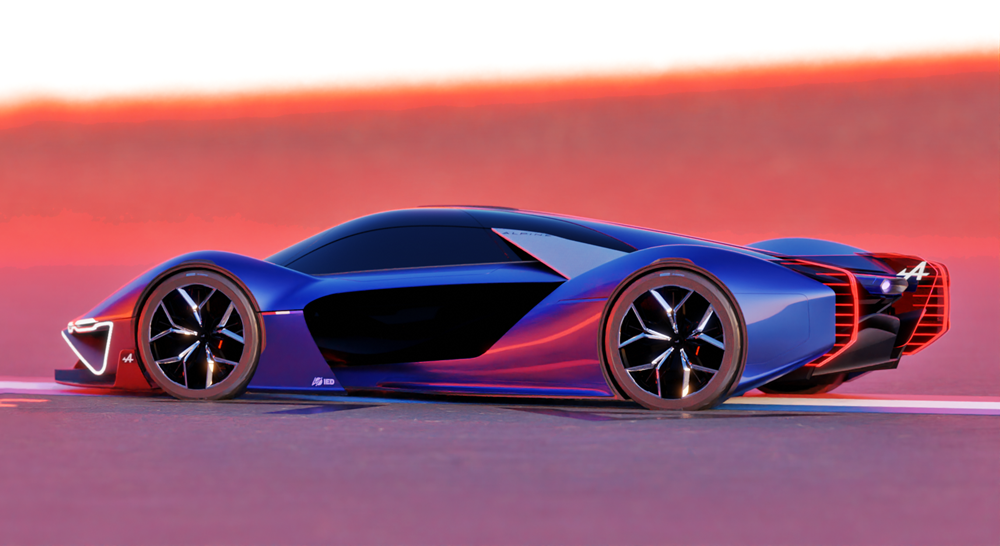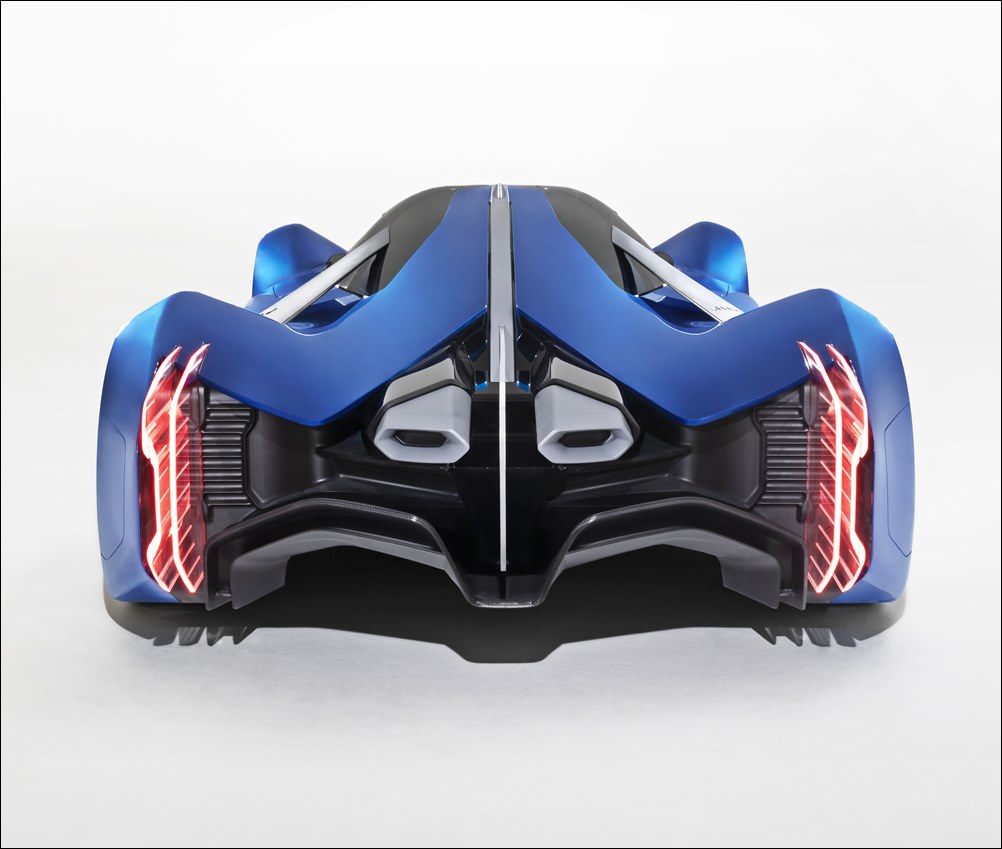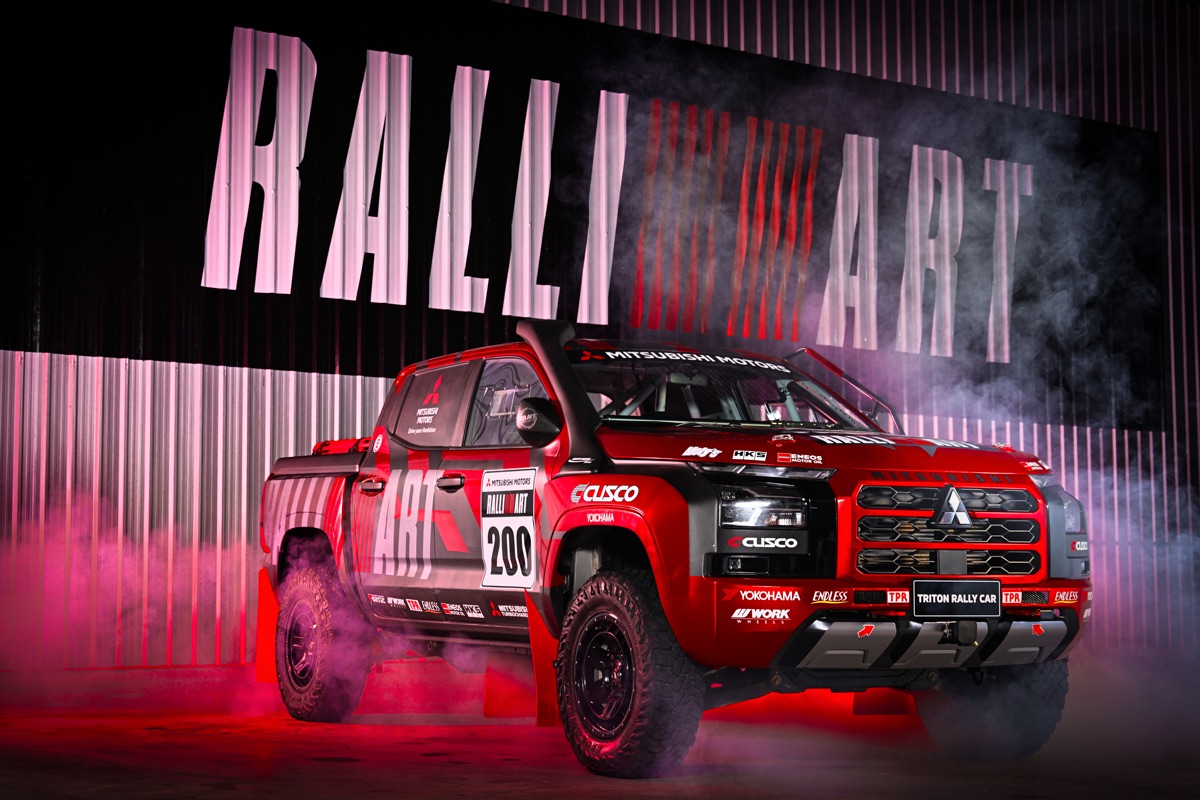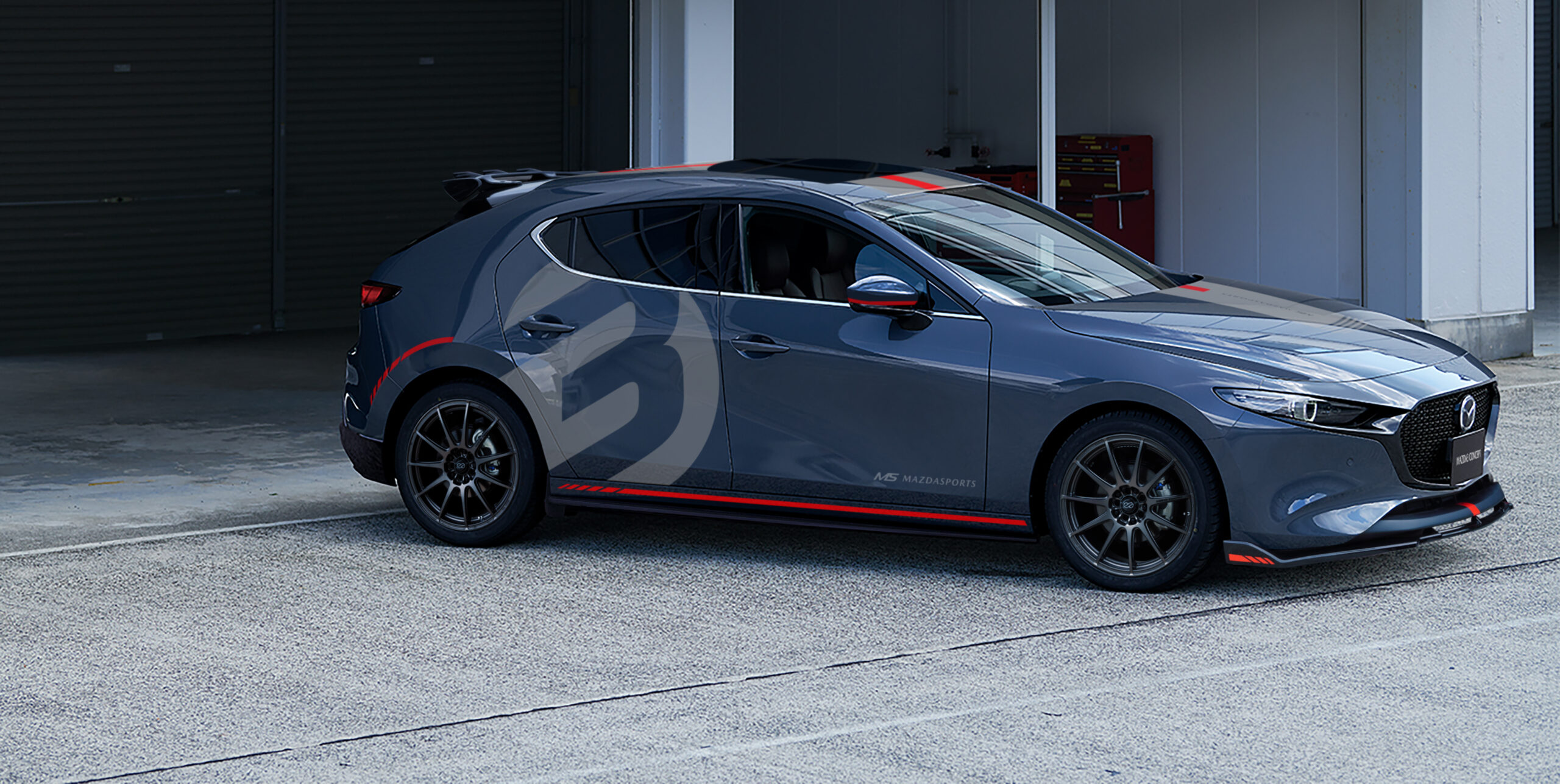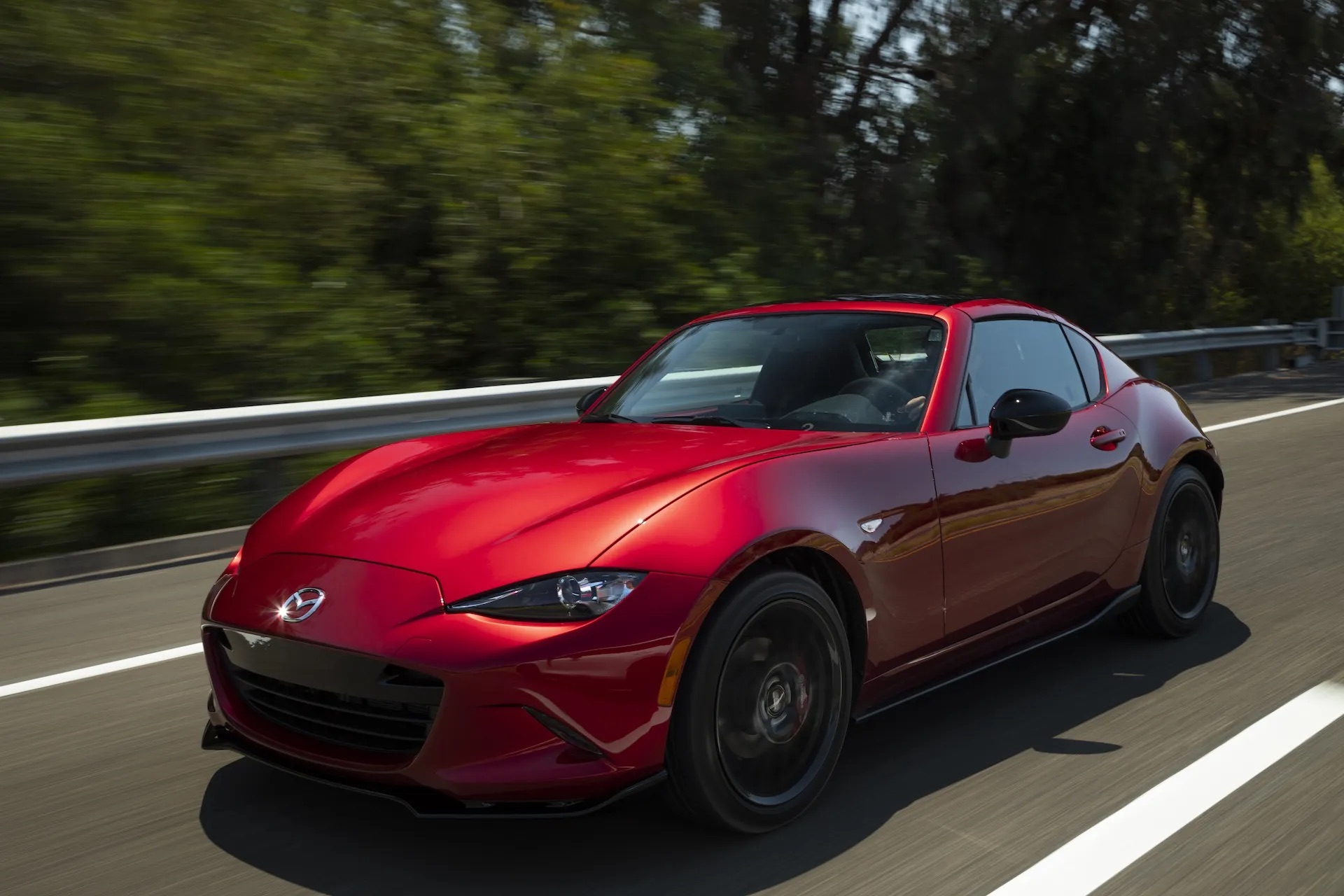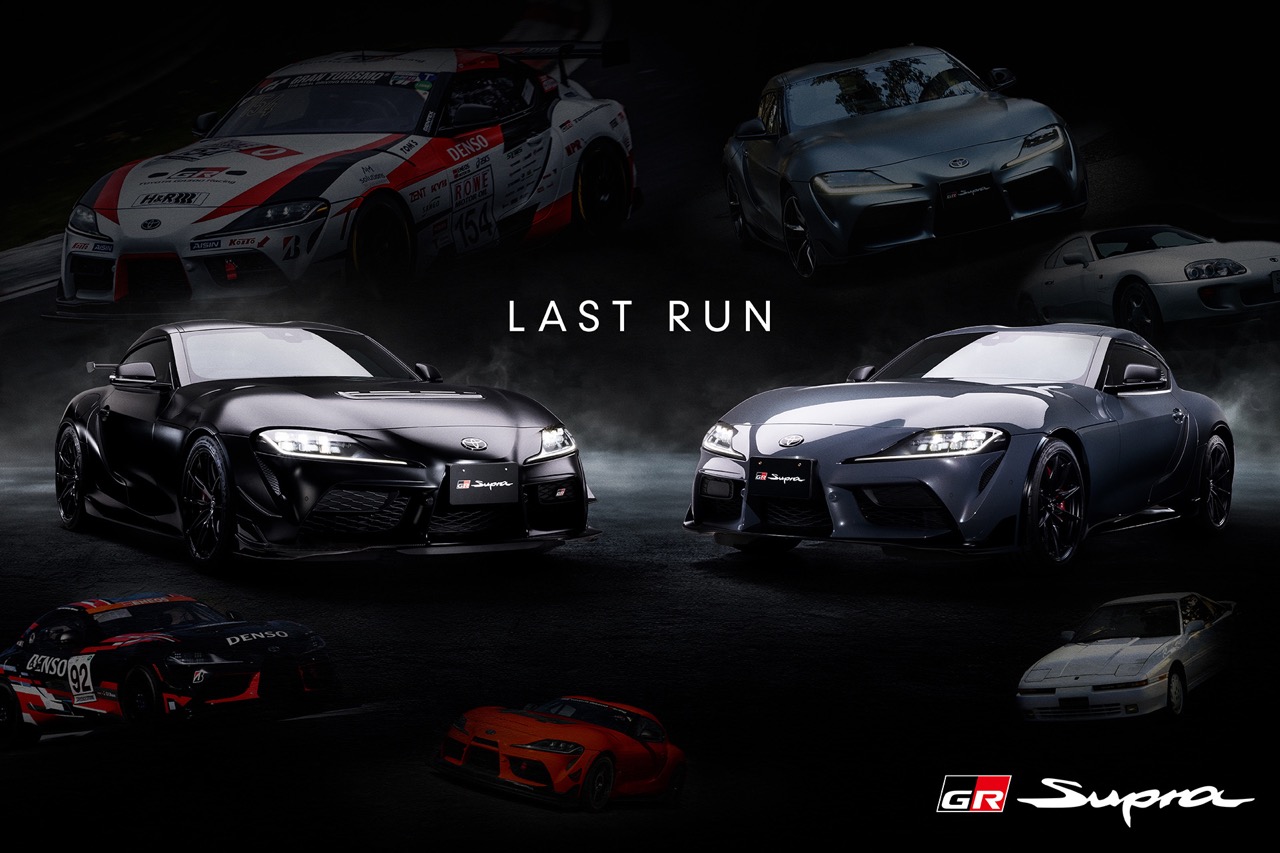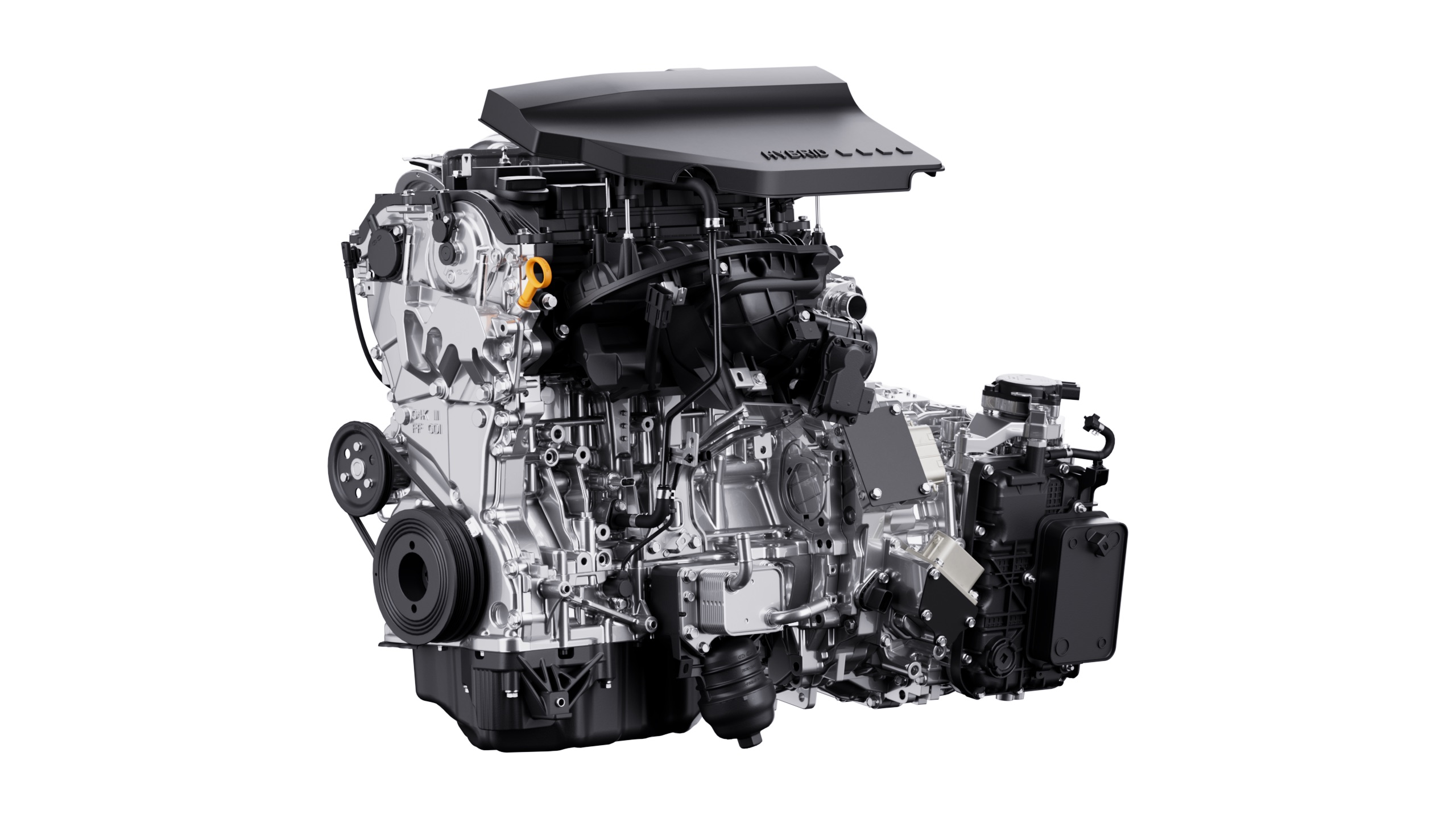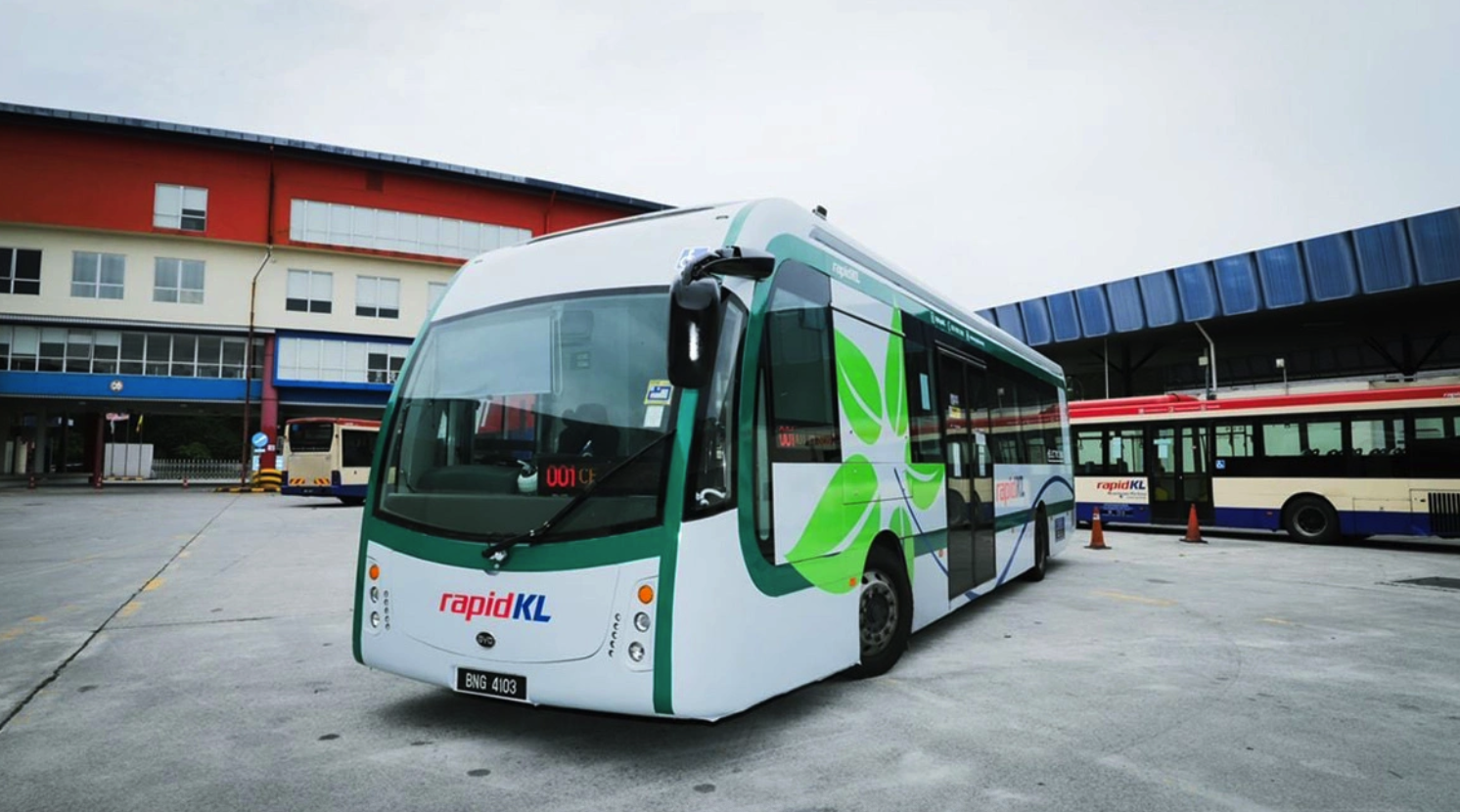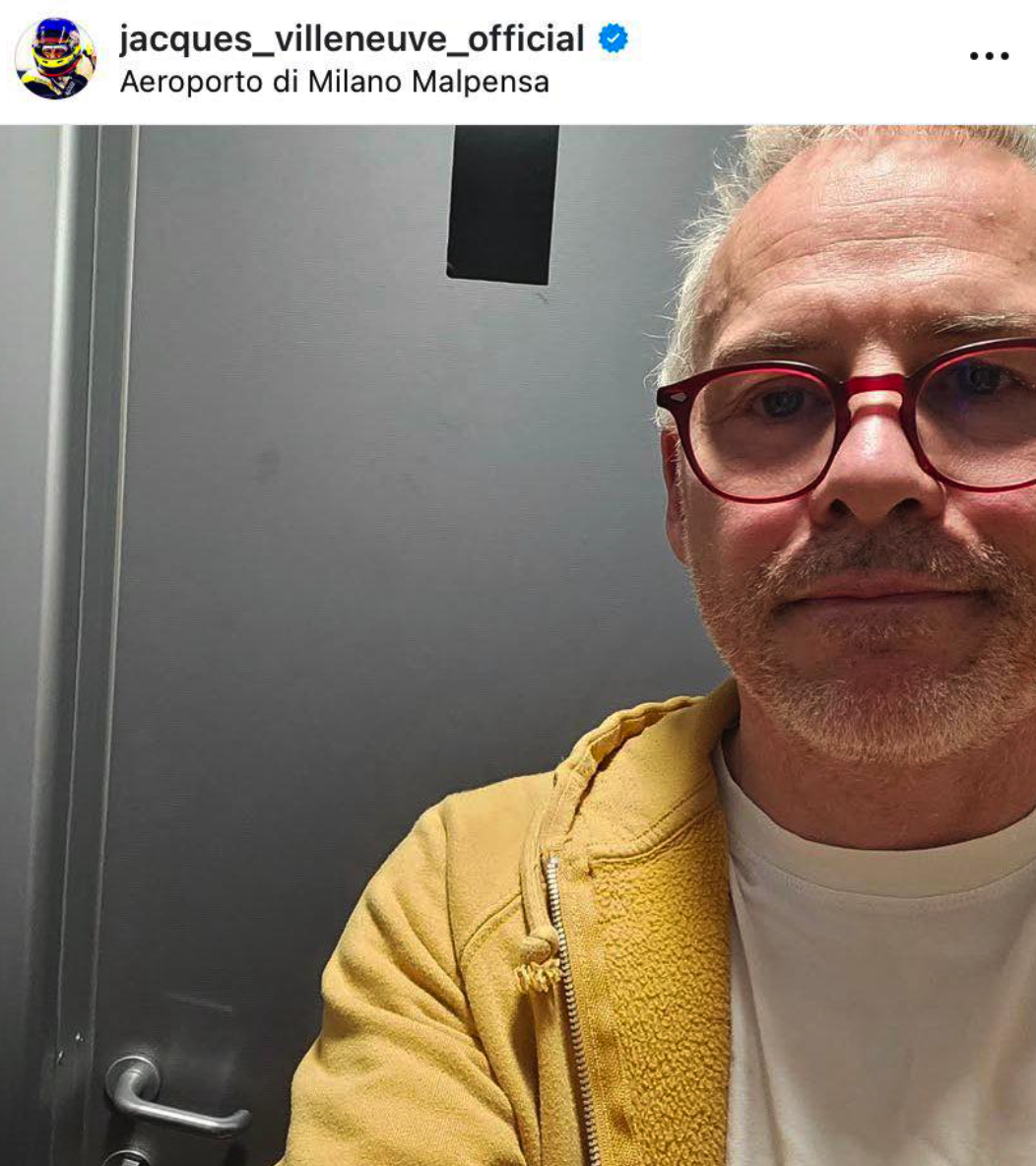Alpine, a brand within the Renault Group, has many talented designers who regularly come out with new models. The designers have a deep understanding of the DNA and traditional characteristics of the brand that was founded in 1955. Occasionally, Alpine also looks outside the company for new ideas and collaborating with IED (Istituto Europeo di Design), the well known design school in Italy, they have been presented with a supercar concept by 28 Masters students studying Transportation Design. The student-led project came up with a hydrogen-powered, 2-seater supercar, based on a brief from the Alpine design team.
High performance, low environmental impact
Alpine challenged the students to design a ‘super berlinette’ for 2035. The supercar was to be a high-performing vehicle both in terms of performance and environmental impact. After the brief was given last year, students worked individually to come up with their own interpretation and present it to the brand.
Alpine then selected a combination of the two main ideas. Based on the two selected proposals, the young designers created the ‘A4810 Project by IED’. During the design phase, the students sought to combine vision and innovation, without losing sight of the traditional roots of the Alpine brand.
Berlinetta of the future
The A4810 Project by IED explores the experimental combination of the shape of a berlinette with a hydrogen powertrain. While the engine and fuel tanks are built like those on a typical hypercar, the subtraction process is proof of strong innovation. The design alternates between empty and full spaces, giving the vehicle a lightweight look and aerodynamic features inspired by Formula 1 models.
The A4810, which provides a glimpse into the future supercars, embraces next-generation technologies while and is also environmentally friendly. It enables Alpine to broaden its horizons to new generations of designers and drivers, and raise awareness of the innovative project presented by talented students.
The French spirit has been skillfully preserved; while avoiding the pitfalls of unnecessary formal elements, the young designers focussed on the overlapping layers and sculptural aspects of the car’s silhouette. The bi-tone colours, matte black, and carbonfibre highlights create a bold contrast with each part of the car, making them stand out according to their function – aerodynamic, mechanical, or merely formal.
Multinational team of students
The team of students from European countries as well as the USA, India, Taiwan, China, Mali and the Dominican Republic used digital tools for their design work. By incorporating hydrogen power supply, it means that they developed a full-fledged concept that is almost ready to take to the roads of a much more sustainable future – without atmosphere-damaging emissions.
Furthermore, they chose a name that conveyed the brand’s legacy. In fact, ‘4810’ is the height (in metres) of the Mont Blanc – the highest and most emblematic peak in the Alps that sits at the border between Italy and France, like a bridge connecting IED and Alpine. The brand, Alpine, is named after the very same mountains and evokes the joy of driving along their winding roads.
“Collaboration with IED and its students has been a great experience. It was a ‘filter’ for us to see the brand through the eyes of the younger generation, but it was also an opportunity to share our passion and know-how, and give them sound advice for a successful career in automotive design,” said Antony Villain, Alpine Design Director.




